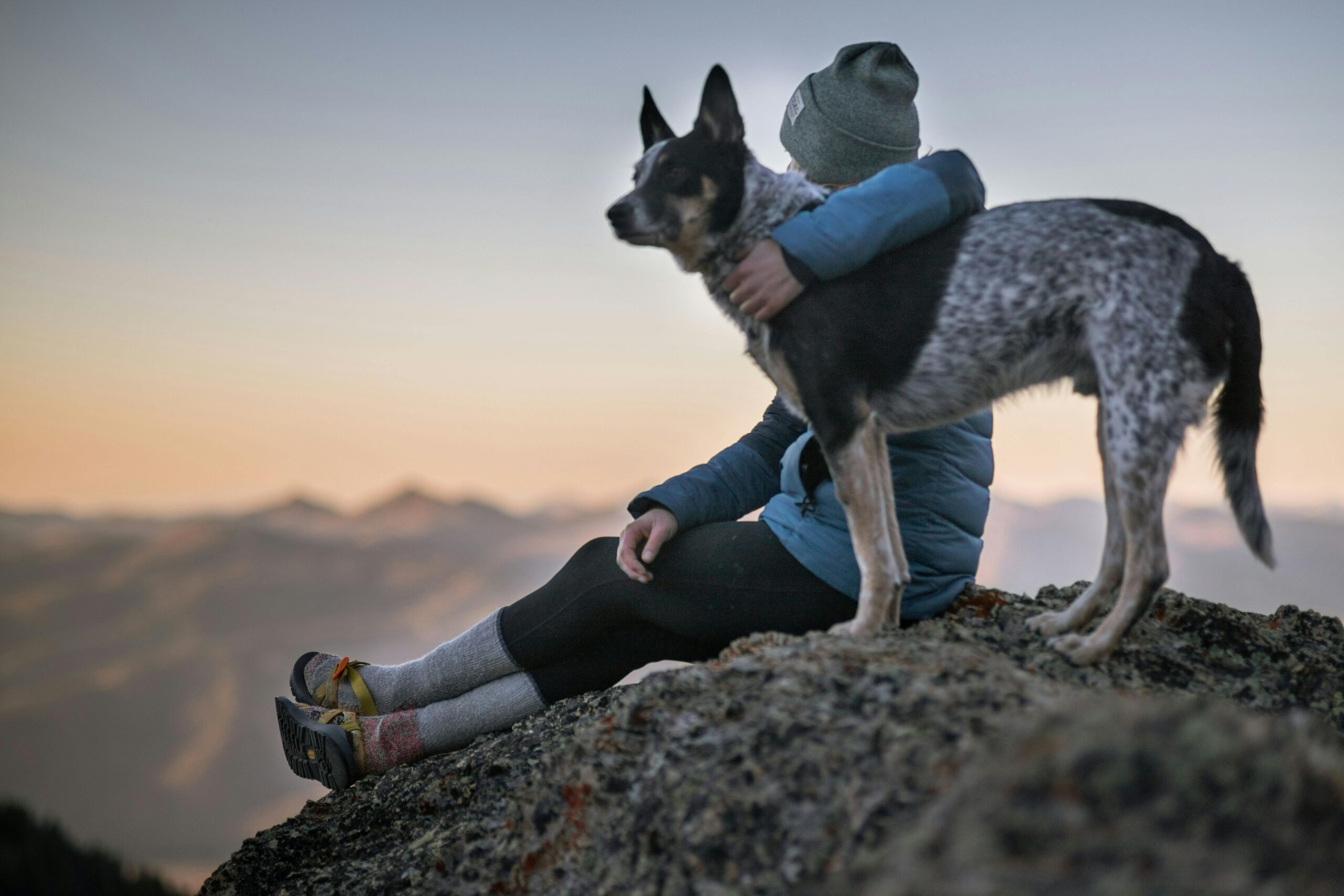Walking your dog is one of the most important daily routines for their physical and mental well-being. But is there a “best” time to do it? While every household has its own rhythm, there are certain times of day that are more beneficial for your dog’s health, energy, and behavior. In this article, you’ll learn how to choose the ideal times to walk your dog — and why timing matters.
Why walk timing matters
Walking isn’t just about potty breaks — it’s a way for your dog to explore, release energy, and stay mentally sharp. The time of day you walk them can affect their:
- Mood and energy levels
- Appetite and digestion
- Behavior at home
- Sleep quality
- Exposure to heat or cold
The right timing depends on your dog’s age, breed, health, and daily routine.
Morning walks: a healthy start
Morning walks help your dog burn energy early in the day. This reduces restlessness and prevents boredom while you’re away or busy with work.
Benefits of morning walks:
- Promotes calm behavior for the rest of the day
- Helps with regular bathroom habits
- Boosts mood and appetite
- Ideal for cooler temperatures in warm climates
A brisk 20–30 minute walk in the morning sets a positive tone for both dog and owner.
Afternoon walks: extra stimulation
Afternoon walks are great for dogs who spend a lot of time indoors or alone. Even a short walk can break up the day, provide mental stimulation, and prevent afternoon boredom.
This time is perfect for:
- A quick potty break
- Stretching muscles and reducing stiffness
- Interactive games or basic training during the walk
If it’s too hot, keep the walk short and stick to shaded areas.
Evening walks: winding down
Evening walks help your dog relax and prepare for sleep. This is also a good time to bond after a busy day and give your pet attention.
Benefits include:
- Burning off leftover energy
- Aiding digestion after dinner
- Reducing nighttime anxiety
- Enhancing your dog’s sleep quality
Keep the walk calm and easy, especially close to bedtime.
Avoid walking during peak heat or cold
In summer, avoid walking between 10 a.m. and 4 p.m. when sidewalks can burn paws and overheating becomes a risk. In winter, extremely early or late walks may be too cold, especially for short-haired or small dogs.
Use paw protection if necessary and adjust walk duration accordingly.
Customize based on your dog
Some dogs love early activity; others are calmer in the evening. Puppies and seniors may need shorter, more frequent walks. High-energy breeds benefit from multiple walks spread throughout the day.
Observe your dog’s behavior and adjust as needed.
Consistency matters more than perfection
What matters most is building a consistent walking routine that fits both your schedule and your dog’s needs. Whether it’s twice a day or several short walks, regular outings are the key to a healthy, happy dog.

